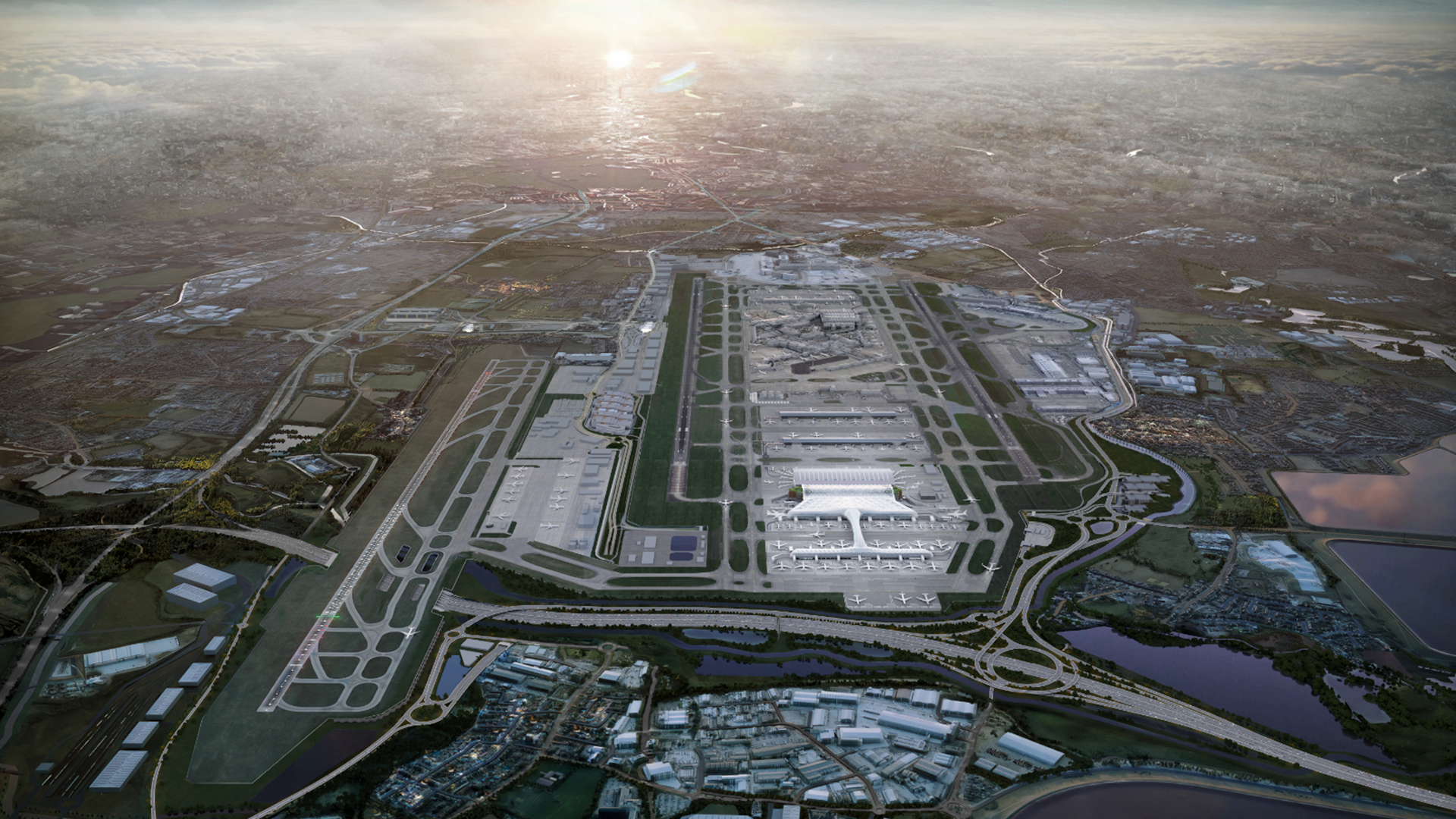Building resilience into our airport infrastructure



Disruption to operations and passenger experience is one of the most overlooked and often costly issues associated with airport development, and has caused problems for many leading airports around the world. Director and Head of Aviation Maurice Rosario recently joined London Build to discuss how we can futureproof the design of airports to reduce carbon associated with future development, while ensuring operational resilience and a consistent passenger experience.
Airport terminals and their wider masterplan are too often designed with limited or no expansion potential beyond their initial 20 year traffic forecast growth. Insufficient time being spent at early design stages and budget constraints are common challenges designers and airport planners face however these should not lead to ill thought out solutions as future development and expansion of airport terminals and associated infrastructure is fairly inevitable, so needs to be addressed on the drawing board.
Modular design is widely viewed as a viable solution that allows for ease of future expansion with minimal impact to operation, however this alone, simply isn’t enough. There are three key factors which harbour potential to significantly improve the future resilience of our airports; designing flexible terminals with optimised layouts, harnessing latest technology, and allowing for multi modal interchange.
A well-designed and efficiently organised terminal allows for a reduced footprint and enhanced passenger experience by facilitating easier wayfinding, shorter transfer times, and improved accessibility. The inclusion of soft zones such as offices in the internal layout of the terminal adjacent to processing areas, and careful location of back of house facilities are just a couple of ways in which an existing design can allow for the incremental increase of processing facilities as footfall grows.
The concept of replacing manual Baggage Handling Systems with an automated counterpart is unconventional and presents challenges associated with customs and security regulations, however if successfully addressed could release a significant amount of space and allow for shorter transfer times. Harnessing other technologies such as Digital Twins can provide operators with the ability to monitor passenger flow and building maintenance, and therefore pre-empt future requirement.
By facilitating seamless integration with public transportation systems, airports can significantly reduce their environmental impact, alleviate road congestion, and enhance passenger mobility. Our design for the expansion of Heathrow West, for example, incorporates a covered multi-modal transport interchange which includes a railway station, hotels and below ground parking; allowing passengers to safely and conveniently arrive by train, bus, car or even by bicycle.

Our infrastructure masterplans need to be more robust and should be revisited every five years or so, with sufficient time spent on developing the design to cater for future development and to make sure it is well documented, understood and fit for purpose. Clear guidance should be provided to airport developers and operators on how current or future development will be constructed without impacting defined access routes around the building, and how to maintain safe operations and security during the development phase.
Designing terminals with flexibility in mind to accommodate technological advancements, changes in operational requirement, and passenger preference is the future. We need to future-proof our terminals from the outset to reduce the frequency of development and associated resource consumption.